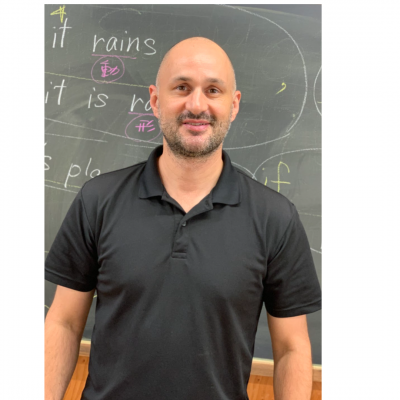Sessions /
Blended-Learning: Helping teachers use technology
#1346
Blended-Learning is an increasingly popular approach in education that blends the traditional face-to-face classroom with ICT-mediated coursework, independent of the teacher. Blended-learning, by careful design, can help to address challenges associated with language classrooms populated with students with varying language knowledge, skills, experience, learning goals, motivation to learn etc. Blended-learning can be used to foster an environment where students have more flexibility and autonomy over the learning process, such as more control of the pace of learning. In traditional teacher-centered lessons, some students may feel anxious or frustrated when they don’t get the time and support needed to fully understand concepts or classroom activities before moving on to the next. Conversely, other students can become bored and demotivated waiting to move forward. Teachers can better support individual students when other students are able to work independently.
As Information Communications Technology (ICT) infrastructure improves in elementary, junior and high schools in Japan, many teachers can benefit from supportive opportunities to develop their knowledge, skills and experience in using new ICT-mediated instructional methods. Five teachers ranging from elementary to junior high school utilized the PDCA Cycle (Plan Do Check Act) to develop their knowledge, skills, and experience in utilizing Blended-learning. The presentation will outline challenges, obstacles and benefits faced by teachers when using blended-learning in their own teaching contexts.
